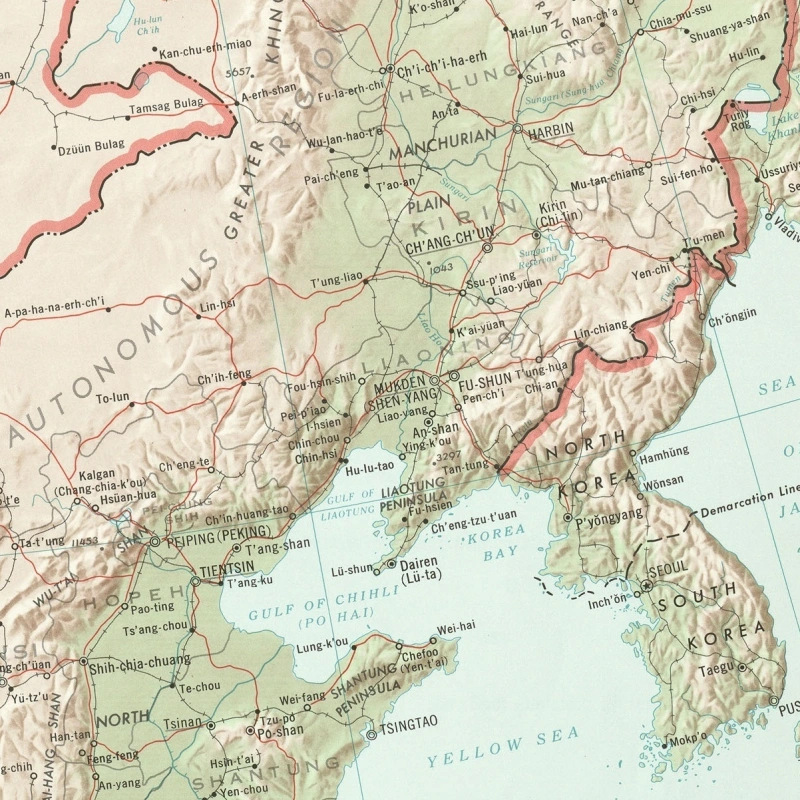Xi Jinping’s slogan of “common prosperity” has finally gotten the attention of financial markets and foreign media, after he devoted most of the last meeting of the Central Committee for Financial and Economic Affairs to discussing the new campaign against inequality. There is little in the text of the readout from the meeting to explain this increased attention: the slogan remains mostly at the level of general rhetoric, and the discussion has not gotten much more concrete since its initial mentions.
What has changed in the context in which people are viewing Xi’s political priorities: the months-long slide in the stock prices of Chinese internet companies as they face a regulatory crackdown, and the effective outlawing of the for-profit tutoring industry, has clearly demonstrated that rhetoric can indeed have large effects. The question is what kind of real actions this new slogan produces.
The high political priority of “common prosperity” has been clear since the beginning of 2021: it was institutionalized in the five-year plan, and Xi highlighted it in a major speech in January (official English translation).
Realizing common prosperity is more than an economic goal. It is a major political issue that bears on our Party’s governance foundation. We cannot allow the gap between the rich and the poor to continue growing—for the poor to keep getting poorer while the rich continue growing richer. We cannot permit the wealth gap to become an unbridgeable gulf.
Implementing that political priority is still a work in progress: the promised “action plan” on common prosperity has not yet been released, probably because officials are still trying to figure out what will go in it. The textbook methods for addressing income and wealth inequality are through fiscal policy: greater taxation of high incomes (and/or wealth) and more transfers to households with low incomes. These methods did get a mention in the CCFEA meeting, which repeated calls for “equalizing” public services (meaning between lower- and higher-income regions), and improving systems for old-age pensions, healthcare, welfare and public housing.
There is some change at the margin visible already, as the central government de-emphasizes local infrastructure spending in favor of social transfers. And there seems to be new momentum for the most common form of wealth tax, a tax on the value of residential property: after years of delays, Chinese scholars now expect local trials of the property tax to be rolled out later this year.
But as I documented in a previous post, the conservative Ministry of Finance has signaled that it is not seeking a major expansion of tax revenue, still plans to cut taxes on some businesses, and will try to contain the costs of public welfare programs. So far, it does not sound like “common prosperity” is going to produce a radical increase in taxation or redistribution, and the CCFEA meeting explicitly stated the slogan is not about “uniform egalitarianism” (a reference to Mao-era policies).
Yet it’s clear the slogan of common prosperity has a broad reach that extends well beyond the usual areas of technical economic policy. In this context, officials have repeatedly invoked the “tertiary distribution” of income, a previously obscure technical term for private charities (the primary distribution of income is the income households earn themselves, while the secondary distribution refers to the effect of taxes and transfers). The CCFEA meeting again mentioned the tertiary distribution, and emphasized it further with a call to “encourage high-income groups and corporations to give back more to society.”
From any other government, saying “we are going to rely on private charities to solve the problem of inequality” would be an obvious abdication of responsibility and a clear signal that the government will not do much. That is not what it means in China’s case. In part this is because China’s system does not establish clear boundaries between matters of public and private involvement. Nothing is off limits to the government since the state is legitimately concerned with all aspects of society and national development.
But it is also because, as Joseph Fewsmith’s important new book reminds us, China’s government is not a Weberian system in which politically neutral bureaucrats implement rules, but a Leninist structure in which cadres are mobilized to achieve political tasks. If the political task is to increase charitable donations, then officials will ensure that charitable donations do indeed increase, using whatever means are at their disposal.
Those able to read the political signals are already trying to get ahead of the game. According to a count by Fortune, “In the past eight months, five of China’s richest and most high-profile tech billionaires have pledged at least $13 billion of their personal or corporate fortunes to charitable foundations and initiatives.” The day after the CCFEA meeting, Tencent announced it would spend 50 billion renminbi to help promote common prosperity, building on a similar pledge in April. More companies are certain to follow this example of what we might call “corporate social responsibility with Chinese characteristics.”
Given the institutional inertia and technical difficulties surrounding tax and welfare policy, the risk is that the common prosperity campaign ends up relying on political pressure and the use of arbitrary administrative interventions instead. One can easily imagine, for instance, a crackdown on tax evasion by wealthy individuals and corporations succeeding the current focus on internet regulation. It’s no wonder that, after the events of the last few months, financial markets are acting a bit nervous about this latest campaign.

